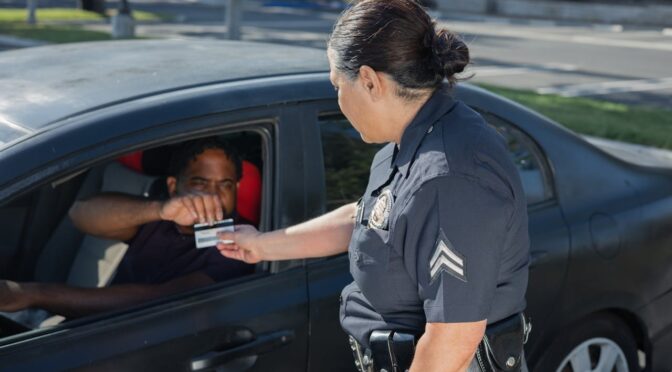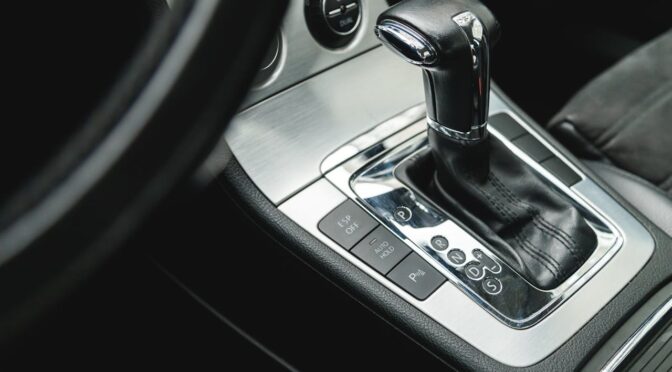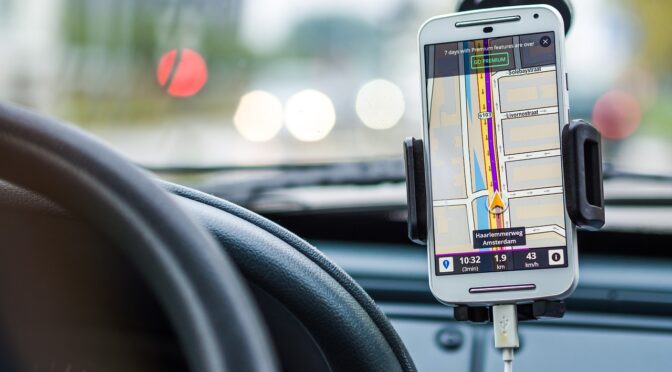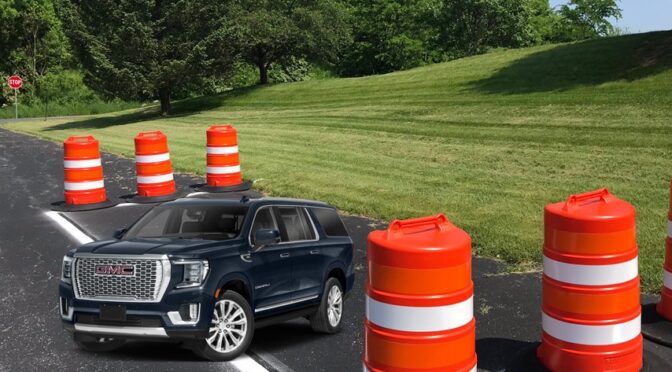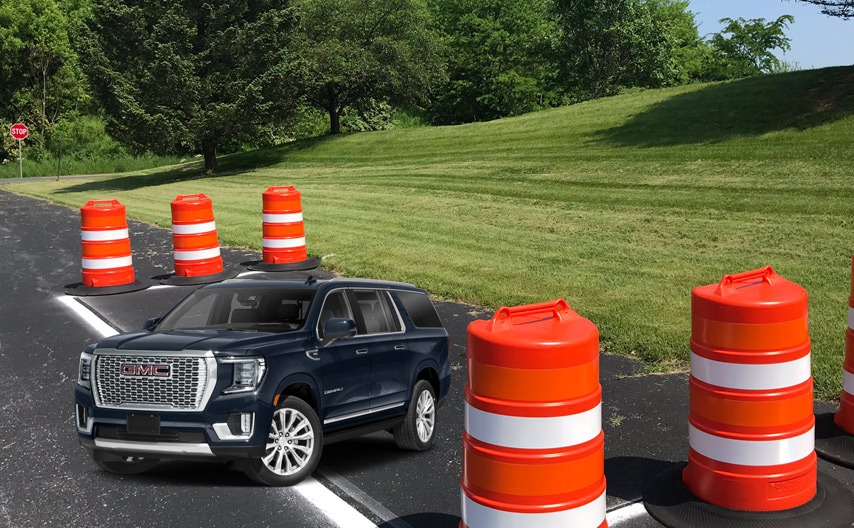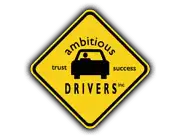The driving test in Canada is a bit difficult. Passing it in a one-go is a major achievement. Getting a driver’s license is something more than acquiring freedom. It is similar to gaining independence that new drivers are eager to achieve. A driving license is a proof that shows the capability of safe and responsible driving on Toronto highways and streets. For many, a drive test in Scarborough is a scary subject due to the fear associated. Many fear of making mistakes along with the pressure of facing the test day itself. Well, effective planning, proper practice, and a calm disposition can highly increase the chances of success.
This article explores why driving lessons in Toronto hold special importance in preparing for your driving test. Focusing on particular attention to how they help candidates successfully navigate their driving test in Scarborough and other parts of the city.
Discern the Locality
Understanding the local driving environment is crucial because it influences every decision behind the wheel. From navigating through congested downtown areas to mastering the intricacies of multi-lane roundabouts, the lessons are tailored to provide hands-on experience in real-world conditions. By engaging in these structured lessons, learners gain the confidence to face Toronto’s streets head-on, ultimately paving the way for success when they sit for their driving test.
Take Worthwhile Tips from Professional Instructors
One of the primary reasons why driving lessons in Toronto are invaluable is the expertise of professional instructors who have an in-depth understanding of local traffic regulations and driving conditions. These instructors are not only experienced behind the wheel but also intimately familiar with the unique challenges posed by Toronto’s busy streets. Their guidance goes beyond the basic mechanics of driving; they instill safe driving habits, teach defensive driving techniques, and offer insights into avoiding common pitfalls encountered in an urban setting.
Take Advantage of the Urban Setting
Before heading to a drive test in Scarborough, take advantage of the urban settings. They offer amazing opportunities for learners to experience a variety of road types and traffic signals. The lessons might include navigating through residential areas, commercial districts, and highways—all of which require different techniques and levels of alertness. By exposing students to such a diverse range of driving conditions, the lessons ensure that they are well-rounded and prepared for any scenario. This comprehensive training approach significantly increases the likelihood of passing the driving test and, more importantly, becoming a safe, responsible driver in Toronto.
Drive Test in Scarborough: Gain The Confidence
This confidence is especially crucial during the drive test in Scarborough, where candidates might encounter unfamiliar intersections or heavy pedestrian traffic. Through consistent practice and real-time feedback, students learn to maintain calm under pressure, adapt quickly to changes, and make informed decisions. The supportive environment created by professional instructors allows learners to overcome their apprehensions and develop a resilient mindset that is indispensable for both the driving test and everyday driving.

Emphasizing Defensive Driving Techniques
Defensive driving is a cornerstone of safe driving practices, particularly in a high-traffic city like Toronto. Professional driving lessons focus extensively on defensive driving techniques, such as maintaining a safe following distance, anticipating the actions of other drivers, and being prepared to respond to sudden changes in traffic flow. These skills are not only critical for passing the driving test but also for preventing accidents and ensuring the safety of all road users.
Defensive driving techniques are continually reinforced through practical exercises and scenario-based learning. By practicing these techniques in a controlled environment, learners develop the instinct to react quickly and appropriately in real-life situations. This training is especially beneficial during the drive test in Scarborough, where examiners look for evidence of the candidate’s ability to anticipate and react to potential hazards. The emphasis on defensive driving serves as a foundation for responsible driving behavior that extends well beyond the test environment.
Understanding the Value of Localized Learning
One of the significant advantages of taking driving lessons in Toronto is the localized learning experience that addresses the specific characteristics of the city’s roads. Unlike generic driving schools that may focus on standard procedures applicable anywhere, Toronto’s driving lessons are crafted with the city’s unique features in mind. Instructors often highlight the differences between various neighborhoods, such as the busy downtown core versus quieter suburban areas, and provide strategies tailored to each setting.
This localized approach is particularly relevant when preparing for a drive test in Scarborough. Scarborough, with its mix of urban and suburban roads, presents its own set of challenges. Whether it is dealing with the congestion of main thoroughfares or navigating quieter, residential streets, learners benefit from targeted instruction that reflects the real-world conditions of the area. This practical, location-specific training helps bridge the gap between theoretical knowledge and practical application, ensuring that candidates are well-equipped to handle the test and actual driving scenarios.
The Long-Term Benefits of Structured Learning
The benefits of taking driving lessons in Toronto extend far beyond simply passing the driving test. The comprehensive training provided by professional driving schools creates a foundation for safe driving habits that last a lifetime. From understanding local traffic laws to mastering advanced driving techniques, the skills acquired during these lessons become an integral part of a driver’s everyday routine. This long-term investment in one’s driving abilities pays dividends in the form of increased safety, reduced stress on the road, and a more enjoyable driving experience overall. Even after successfully completing the drive test in Scarborough, the lessons continue to offer value by promoting a mindset of continuous improvement and situational awareness. As traffic conditions evolve and new technologies emerge, the habits and skills developed during these lessons provide a solid base for adapting to future changes.



